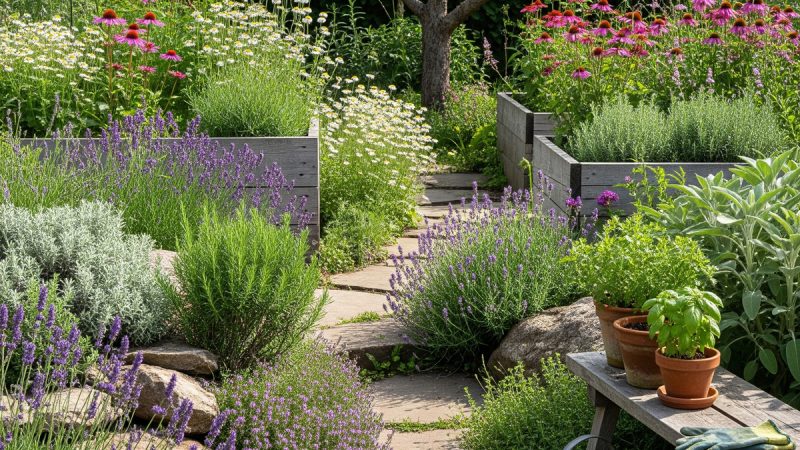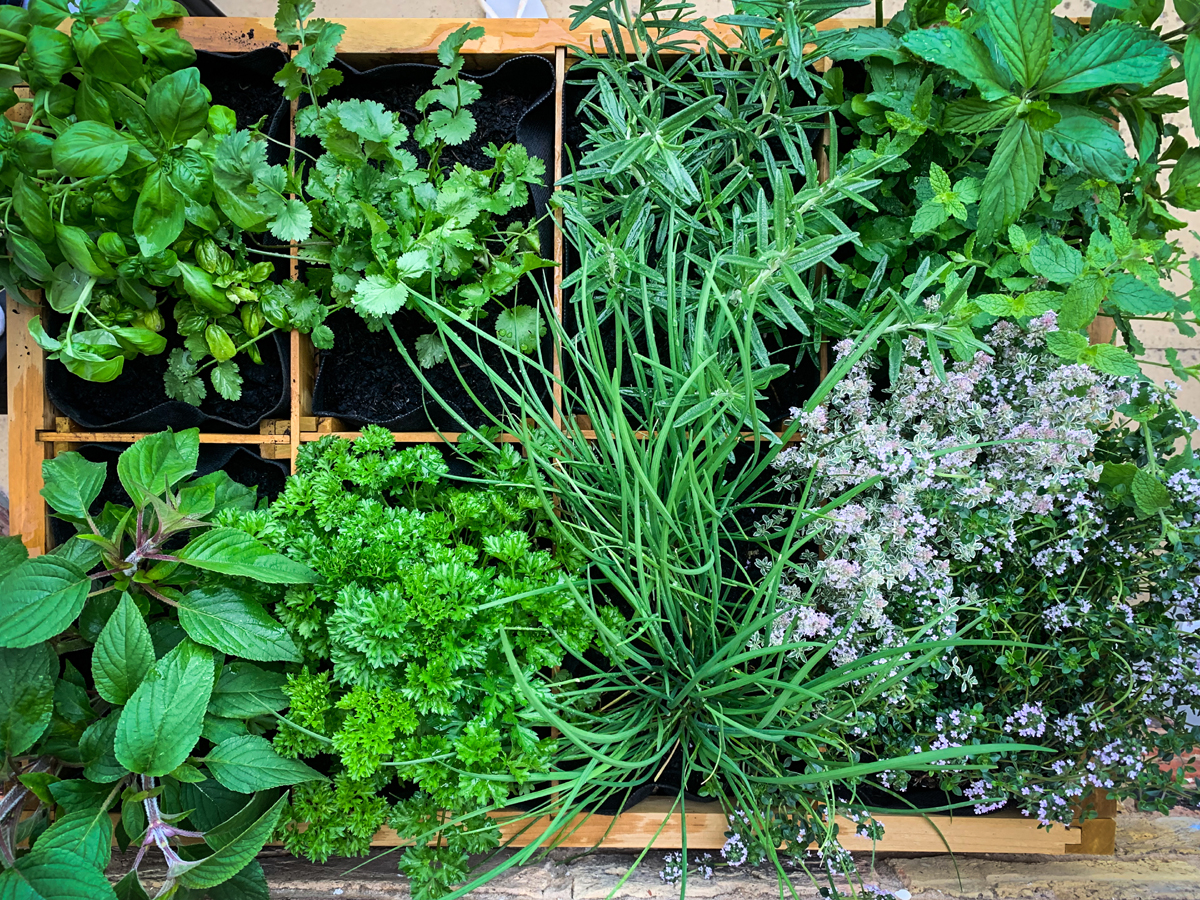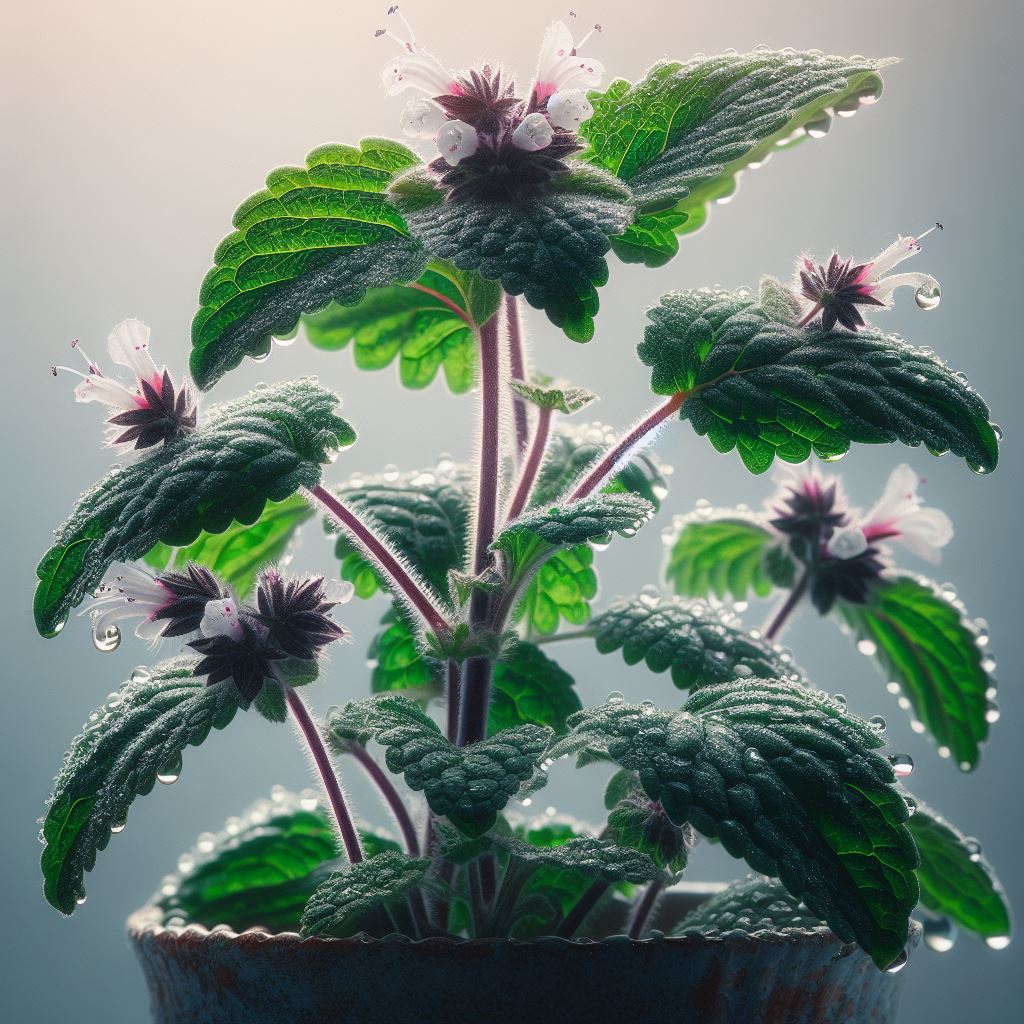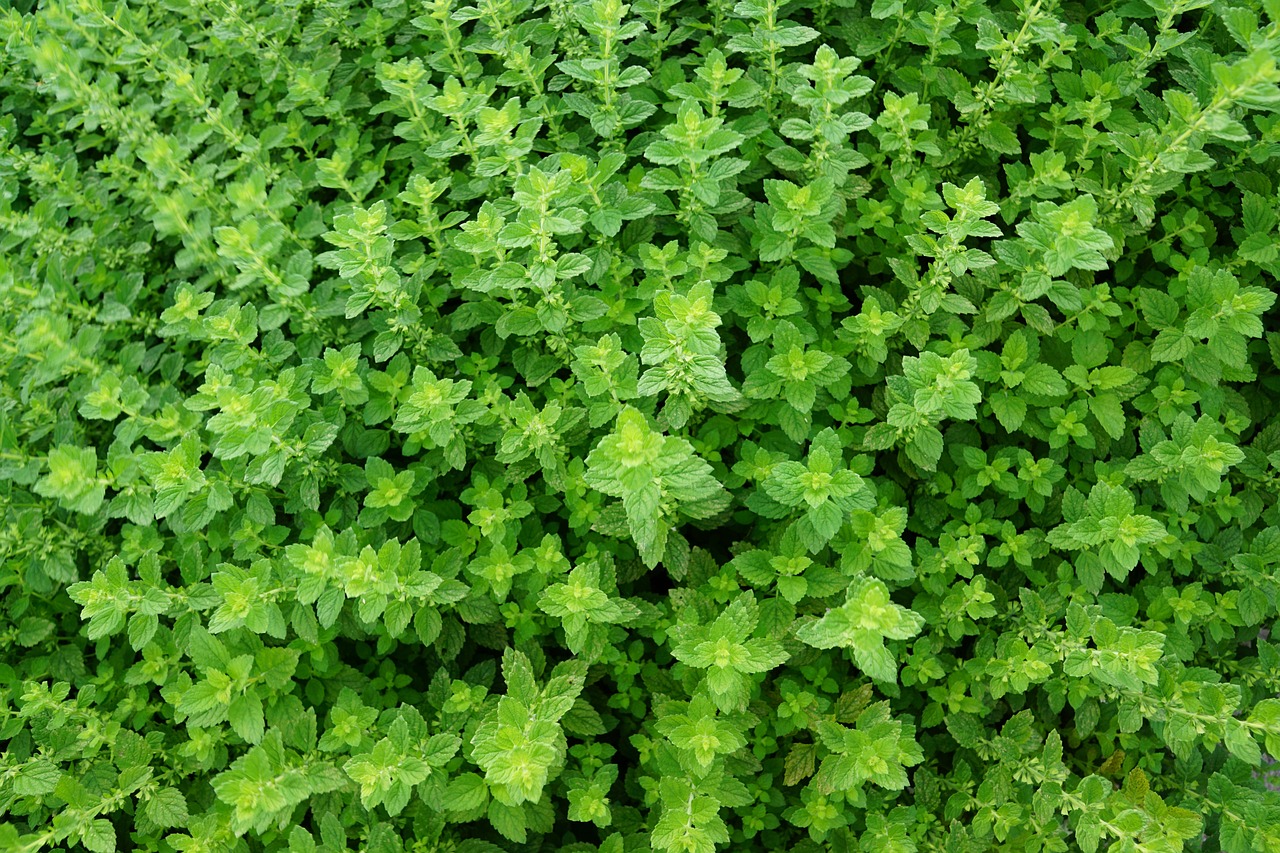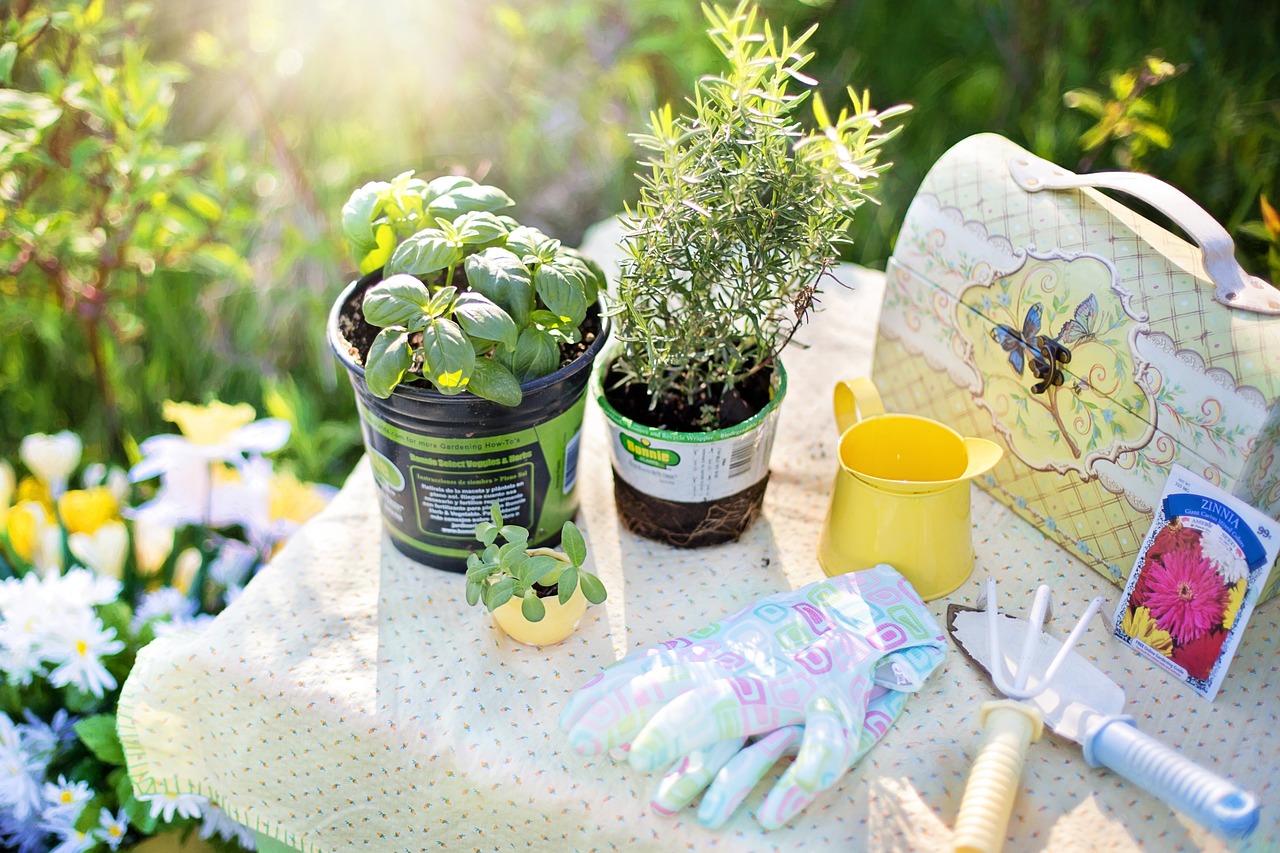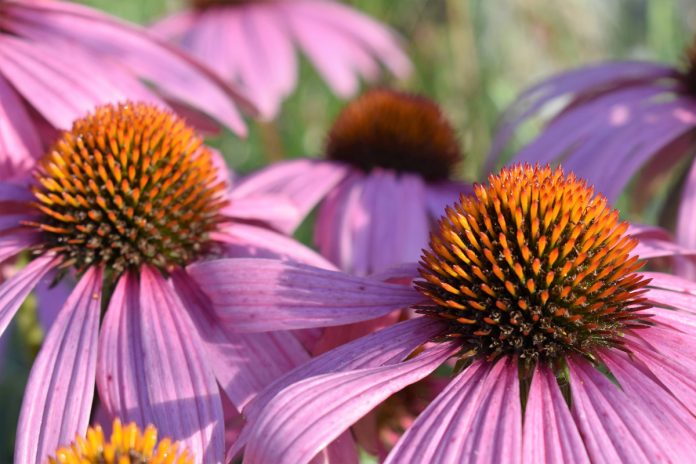27 Uses for Mint: The Best Growing Herb in Your Garden

Mint is one the most versatile herbs to have around. It is easy to grow indoors or outdoors. There are over 40 varieties of mint and just as many uses for this fantastic herb.
To preserve this herb you can dry for later use or lay the flat dry leaves on a cookie sheet, flash freeze and seal in containers for later use.
Listed below are 27 uses for mint for medicinal purposes, in your kitchen and other uses.
In The Kitchen:
Tea: Steep 1 to 2 teaspoons of dried peppermint leaves in boiling water. Steep for 10 minutes. Add honey for sweetness. For “iced tea”, just serve this liquid over ice. Another way to have “mint tea” is to add sprigs of the mint to a pitcher of already brewed tea and let it sit for 30 minutes or more.
Ice Cubes: Freeze whole leaves in ice cubes to add to beverages
Mint Syrup: Boil mint leaves with sugar and water to make a mint syrup to sweeten tea or any type of drink
Garnish: Use as a garnish for vegetables or drinks
Add to Vegetables: Add mint in the water used to steam your vegetables or add fresh or dried chopped mint to vegetables during their last 2 minutes of cooking time.
Mint Butter: Add chopped mint (or process in food processor) to butter and use in recipes or with boiled potatoes
Mint Rice: Add whole mint leaves in cooked rice before serving.
Salad dressing: Mix mint, vinegar, oil and lemon juice to make a refreshing salad dressing.
Minty Chocolate Chip Cookies: Mix 2 tablespoons of finely chopped fresh mint to your chocolate chip cookie dough.
Marinade: Mix with olive oil.
Mint Cheese Spread: Mix a few minced mint leaves with cream cheese for a minty spread on crackers.
Other foods that tastes great with added mint:
- Salads
- Mint Jelly
- Hot Chocolate
- Salsa
- Homemade Mint Ice Cream
- Smoothies
- Cocktails
Household Uses:
Bug Repellent: Repel ants and flies by growing pennyroyal mint outside your doorway. Put mint in cupboards or drawers to repel ants. Growing mint near your garden (do not grow in your garden, as it is a very invasive plant) helps attract helpful insects such as honeybees and hoverflies.
Mouthwash: Steep 4 tablespoons of chopped fresh mint leaves in 1 quart of boiling water. After the liquid has cooled, strain the mouthwash and keep in the refrigerator.
Breathe Freshener: Chew on a mint sprig to refresh your breath.
Mint Rinse: Steep a handful of mint leaves in a pint of hot water. Strain and then cool. Use this in your bath water, as a final rinse after you shampoo your hair, a good foot soak, an after shave splash or just sprinkle on your body for a refreshing lift.
Carpet Refresher: Mix dried, crushed mint leaves with baking soda. Sprinkle this mixture over the carpet and let sit for about an hour and then vacuum.
Medicinal Uses:
Digestive and Stomach Trouble: Peppermint tea helps calm the digestive tract. It can help with nausea, indigestion, gas and cramping
Hiccups: Make a cup of lukewarm water, a couple of squeezes of lemon juice, pinch of salt and few mint leaves and drink.
Sunburn Reliever: Make peppermint tea and refrigerate for a few hours. Rub gently on your sunburn with cotton balls.
Congestion: Some people find that smelling mint leaves helps with congestion, sinus infections, common cold or allergies.
If you do not grow mint, I suggest that you add this wonderful herb to your garden. It has so many uses and is fairly easy to grow. I love the smell of fresh mint and use it in many different recipes. What is your favorite way to use mint?
The Author:
Kristie Tadlock

